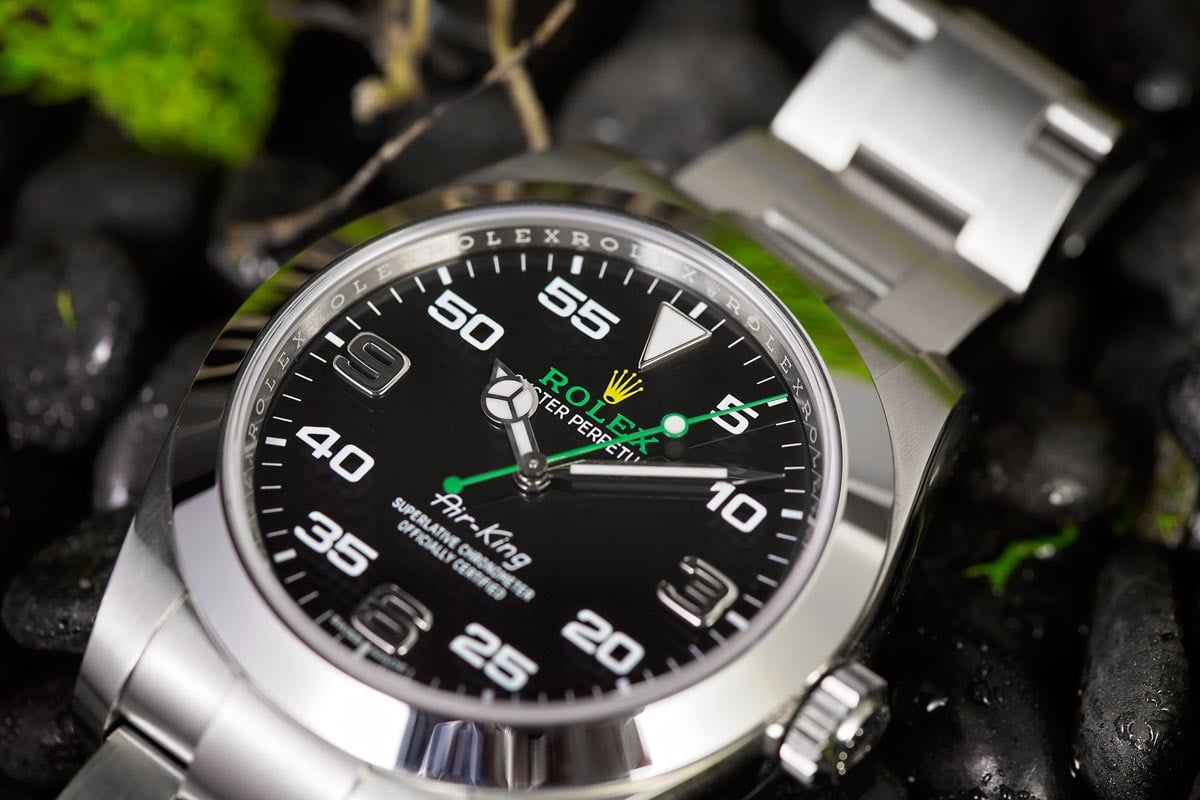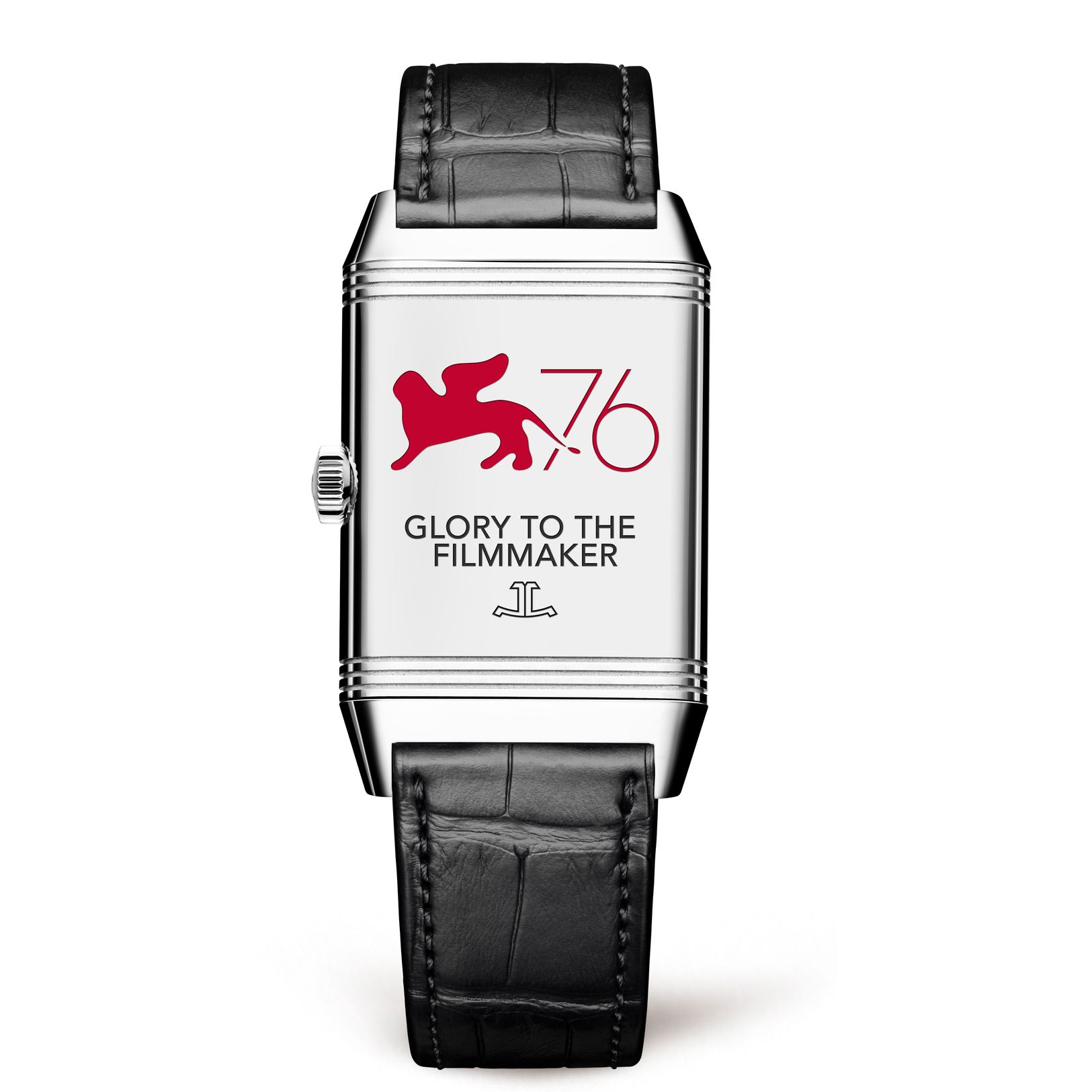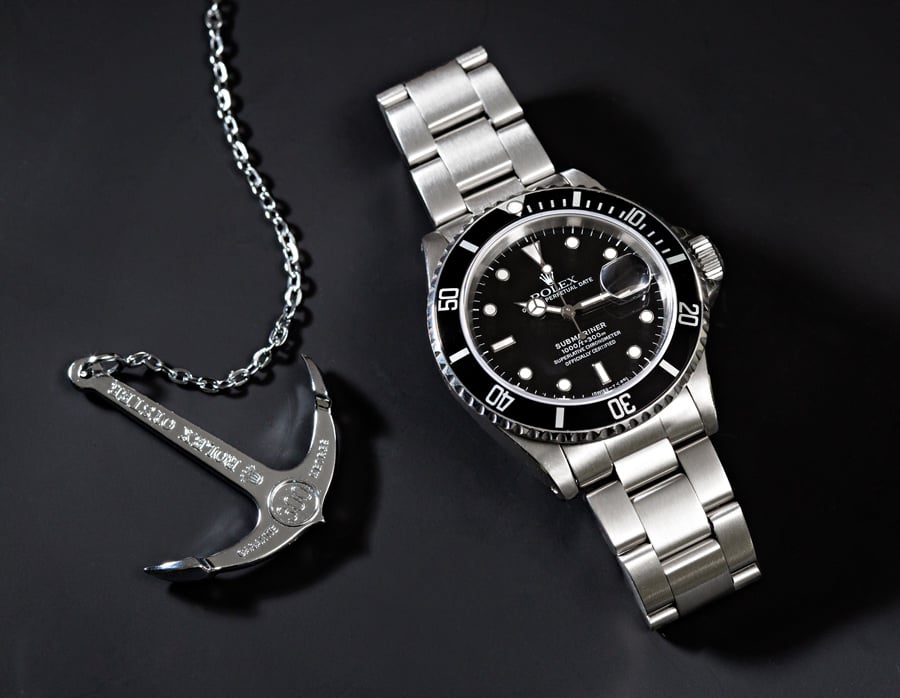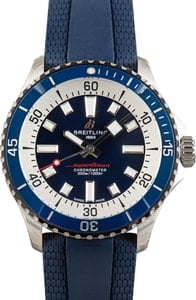Chronographs are one of the most popular types of watches out there – just think of the Rolex Daytona. At first glance, a chronograph might seem just like any other timepiece, but it’s a universe of its own, brimming with complexities and historical significance. The flyback chronograph stands out as a marvel in watchmaking – a testament to the blend of art and precision engineering. This feature, though may appear simple, has captivated watch enthusiasts and collectors around the globe for its unique functionality and the technical prowess it represents.
Whether you’re a seasoned collector or just beginning to explore the depths of fine watchmaking, understanding the flyback chronograph is akin to unlocking a hidden treasure in the realm of luxury timepieces. So, let’s wind up our curiosity and set forth on a journey to uncover the essence of what makes a flyback chronograph not just a timekeeper, but a masterpiece of mechanical ingenuity. Through this exploration, we’ll discover not only the workings of this extraordinary feature but also its historical roots and the reason behind its revered status among the classics of horology.
Understanding the Basics of Chronographs
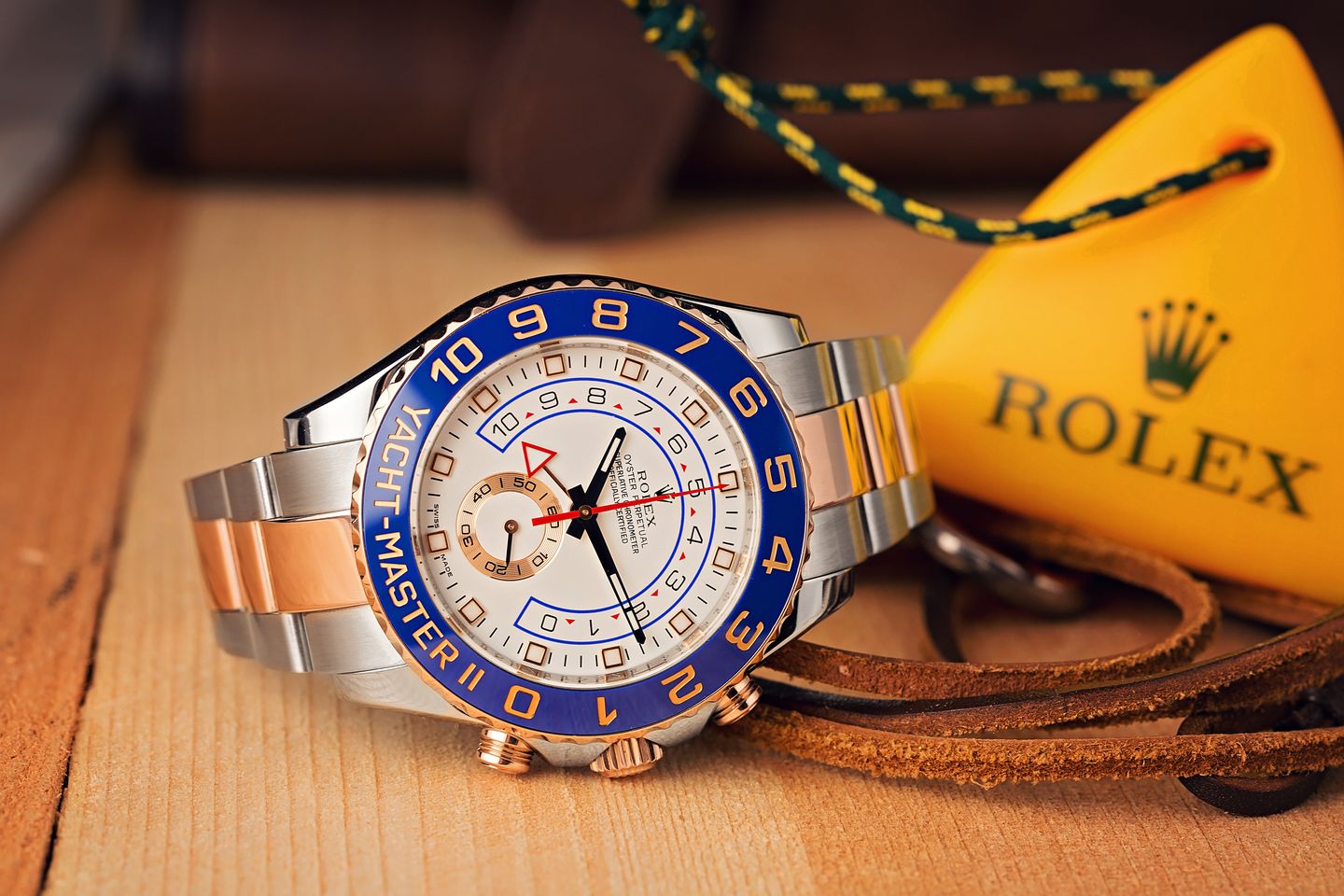
Before we dive into the sophisticated world of flyback chronographs, let’s first ground ourselves in the basics of what a chronograph is. Imagine a watch that not only tells you the current time but also acts like a stopwatch, measuring intervals of time with remarkable precision – that, in essence, is a chronograph. Its inception dates to the early 19th century, a time when the measurement of time was evolving from mere functionality to an art form. The chronograph was initially designed to meet the needs of astronomers and athletes, for whom tracking time with accuracy was crucial.
This innovation quickly captivated the watchmaking world. A typical chronograph combines the regular functions of a timepiece – hours, minutes, and seconds – with additional dials, known as subdials, that can measure shorter time spans. These subdials, intricately placed on the watch’s face, are usually operated by pushers located beside the crown. When activated, these pushers control the start, stop, and reset functions of the stopwatch mechanism. It’s a ballet of gears and springs working in unison, where each component plays a critical role.
This functionality not only showcases the mechanical ingenuity of the watchmaker but also offers a tactile and interactive experience for the wearer. Chronographs have evolved over the years, embracing various styles and functionalities, from the simple to the complex, each reflecting the era and technology of its creation. They represent more than just a tool for measuring time; they are a symbol of human ingenuity and a nod to our ceaseless quest for precision and efficiency. As we delve deeper into the specific type of chronograph that is the flyback, remember that its roots are deeply embedded in this rich history and technological evolution.
The Flyback Chronograph – A Technical Overview
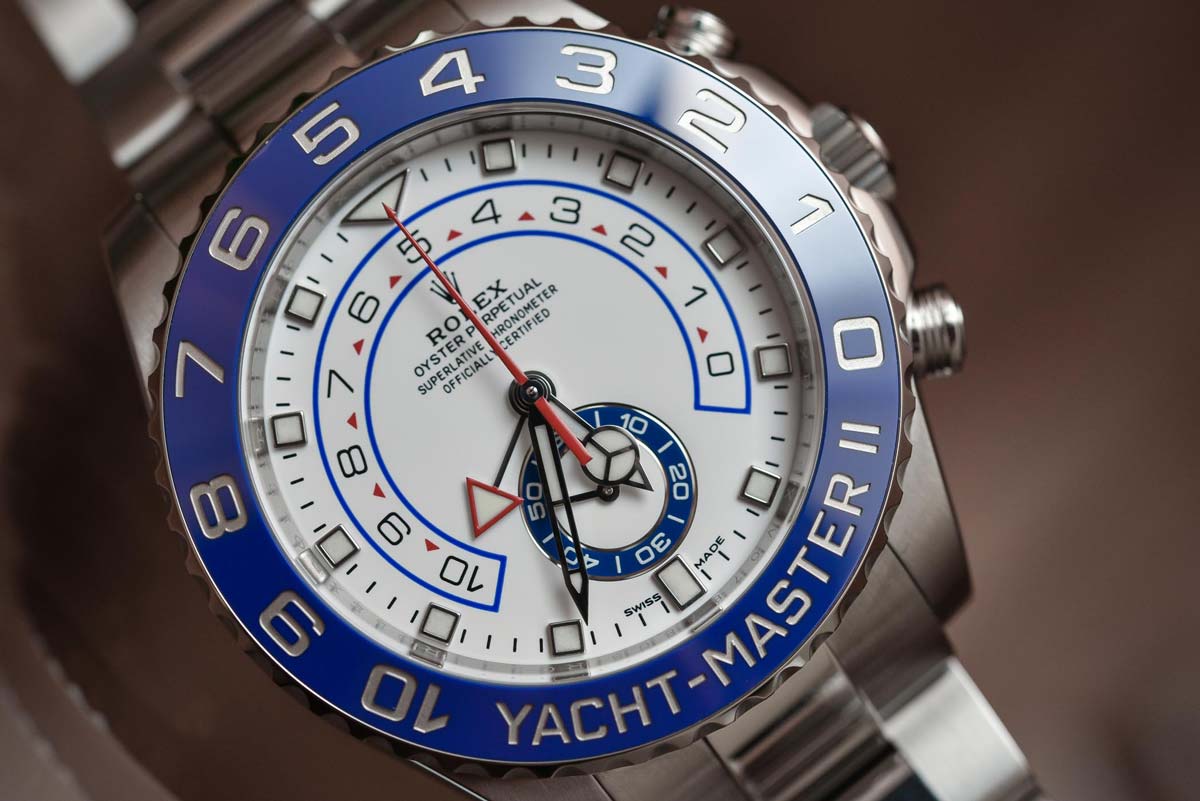
Now, let’s turn our gears towards the captivating world of the flyback chronograph. While a standard chronograph requires three steps to measure consecutive time intervals – stop, reset, and start – the flyback chronograph simplifies this into a seamless, single action. The magic of the flyback function lies in its ability to instantaneously reset and restart the chronograph with one press of a button, a feature that is as practical as it is mechanically ingenious. This innovation first took flight in the 1930s, primarily designed for aviators who needed to quickly reset and start their chronograph amid navigating through the skies. The heart of this functionality lies in the intricate assembly of the watch’s movement. When the flyback button is pressed, a series of levers spring into action. One lever disengages the clutch, stopping the chronograph mechanism, while another instantly resets the hands to zero. As soon as the button is released, the clutch re-engages, and the chronograph hands start measuring time anew. This ballet of mechanical precision is not just about the functionality it delivers; it’s a showcase of the watchmaker’s artistry and mastery over the delicate interplay of springs, gears, and levers. The flyback chronograph doesn’t just measure time; it dances with it. Each movement is a testament to the meticulous craftsmanship and the legacy of innovation that defines the horological world. This feature, although subtle in its operation, requires a complex orchestration of mechanical components, a challenge that only the most skilled watchmakers dare to undertake. As we explore further, we’ll see how this blend of practicality and elegance has not only stood the test of time but also continues to evolve, making the flyback chronograph a beloved and sought-after complication among watch aficionados.
The History of the Flyback Chronograph
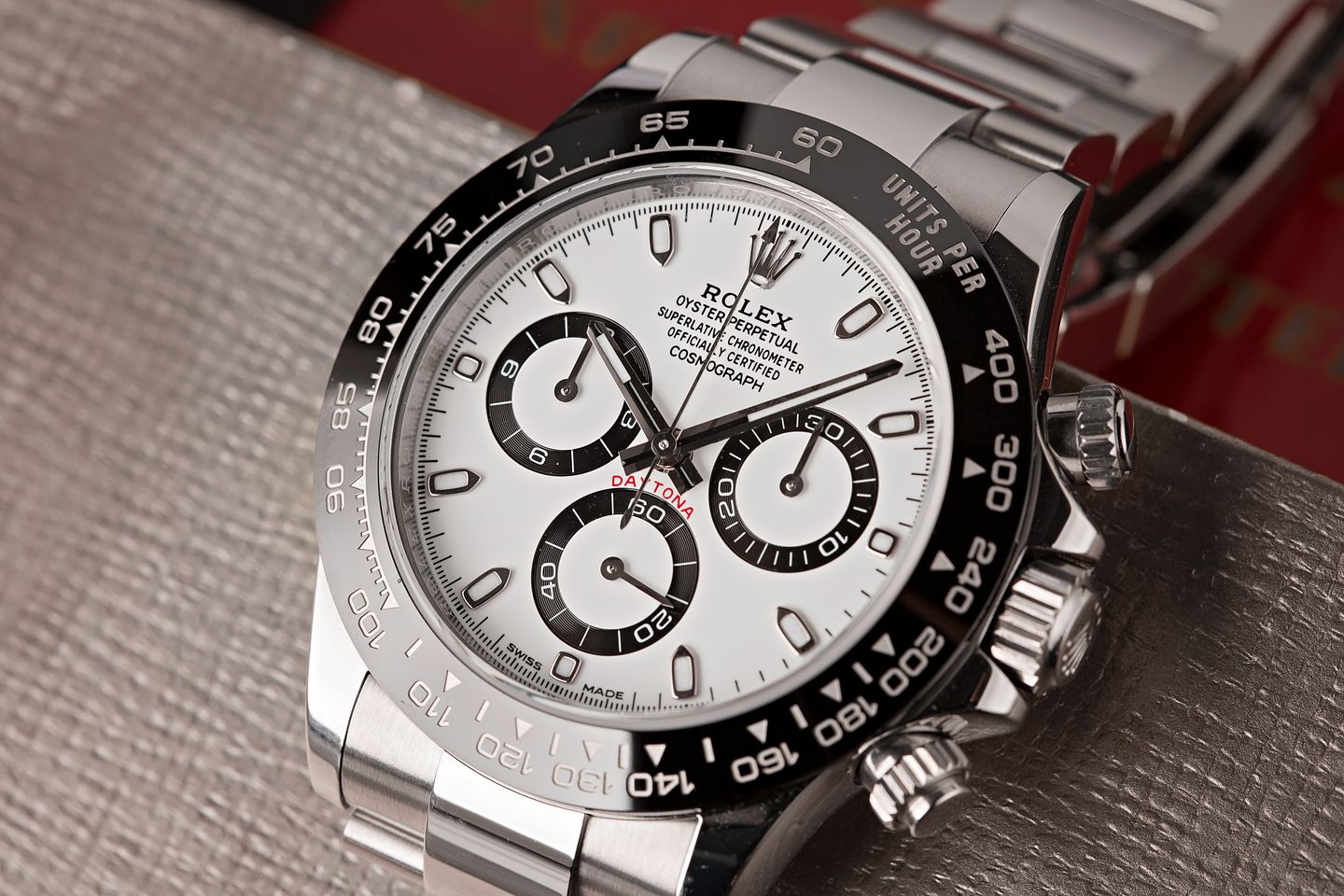
Embarking on a journey through the history of the flyback chronograph is akin to tracing the path of innovation and precision in watchmaking. The story begins in the early 20th century, a period marked by rapid technological advancements and a growing fascination with timekeeping accuracy. The flyback chronograph emerged as a game-changer in this era, initially designed for military pilots and aviation enthusiasts. Its ability to quickly reset and restart timing functions without stopping the chronograph was a critical feature in situations where every second counted, such as timing flight paths or coordinating complex maneuvers. The invention of this mechanism is often attributed to the ingenuity of watchmakers who worked closely with aviators, understanding their unique needs and the challenges they faced in the cockpit. This collaboration led to the creation of a tool that not only enhanced the functionality of the wristwatch but also symbolized the spirit of exploration and the quest for perfection. As the decades passed, the flyback chronograph transcended its utilitarian roots to become a coveted piece in the collections of watch connoisseurs. Many luxury watch brands, recognizing the blend of utility and elegance that this complication offered, started incorporating it into their designs, each adding their unique touch to the mechanism. This period saw the flyback chronograph evolve from a strictly functional tool to a symbol of sophistication and high craftsmanship. The intricate mechanics, the precise engineering, and the sleek design of these timepieces captured the imagination of a wider audience, making them a staple in the world of luxury watches. Today, the flyback chronograph stands as a testament to the enduring allure of mechanical watches, a piece of history on the wrist that tells a story of innovation, precision, and the relentless pursuit of excellence in the art of watchmaking.
Why Collectors Love Flyback Chronographs
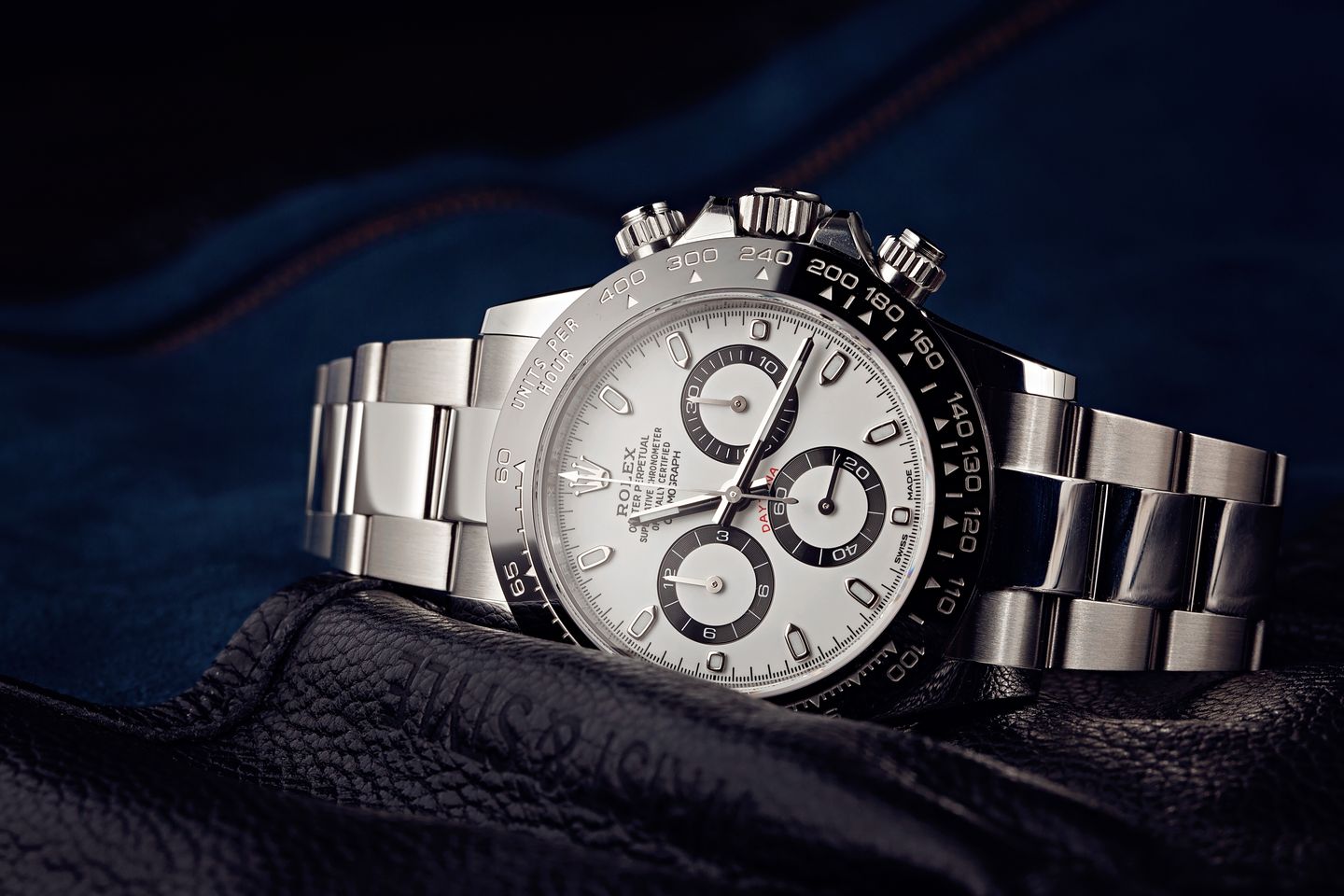
To understand why flyback chronographs hold such a special place in the hearts of collectors, we must look beyond their mechanical prowess and delve into the emotional and historical connections they embody. These timepieces are not just instruments of time; they are masterpieces that narrate stories of innovation, precision, and human achievement. The allure begins with the complexity and craftsmanship of their mechanism. The flyback function, with its ability to reset and start with a single press, is a marvel of engineering, reflecting the pinnacle of watchmaking expertise. This intricacy resonates with collectors who appreciate the technical challenges and the artistry involved in creating such a sophisticated complication. Furthermore, the history of the flyback chronograph, intertwined with the early days of aviation and exploration, adds a layer of romance and adventure to these watches. Owning a flyback chronograph is akin to holding a piece of history on your wrist, a reminder of the era when precision timing was a crucial element of daring endeavors. There’s also an element of exclusivity and prestige associated with flyback chronographs. Given their complex nature, they are often produced in limited quantities, making them rare and sought-after pieces in the world of haute horology. This rarity, combined with the meticulous craftsmanship and elegant design, makes them a symbol of status and discernment among collectors. Additionally, the diversity in designs and the evolution of this complication over the years offer collectors a variety of styles to choose from, each with its unique charm and story. From vintage timepieces that echo the past to contemporary designs that push the boundaries of innovation, there is a flyback chronograph for every taste and era. It’s this blend of mechanical excellence, historical significance, aesthetic appeal, and the thrill of collecting something rare and exceptional that makes flyback chronographs a cherished possession for watch enthusiasts around the globe.
Famous Flyback Chronographs and Their Stories
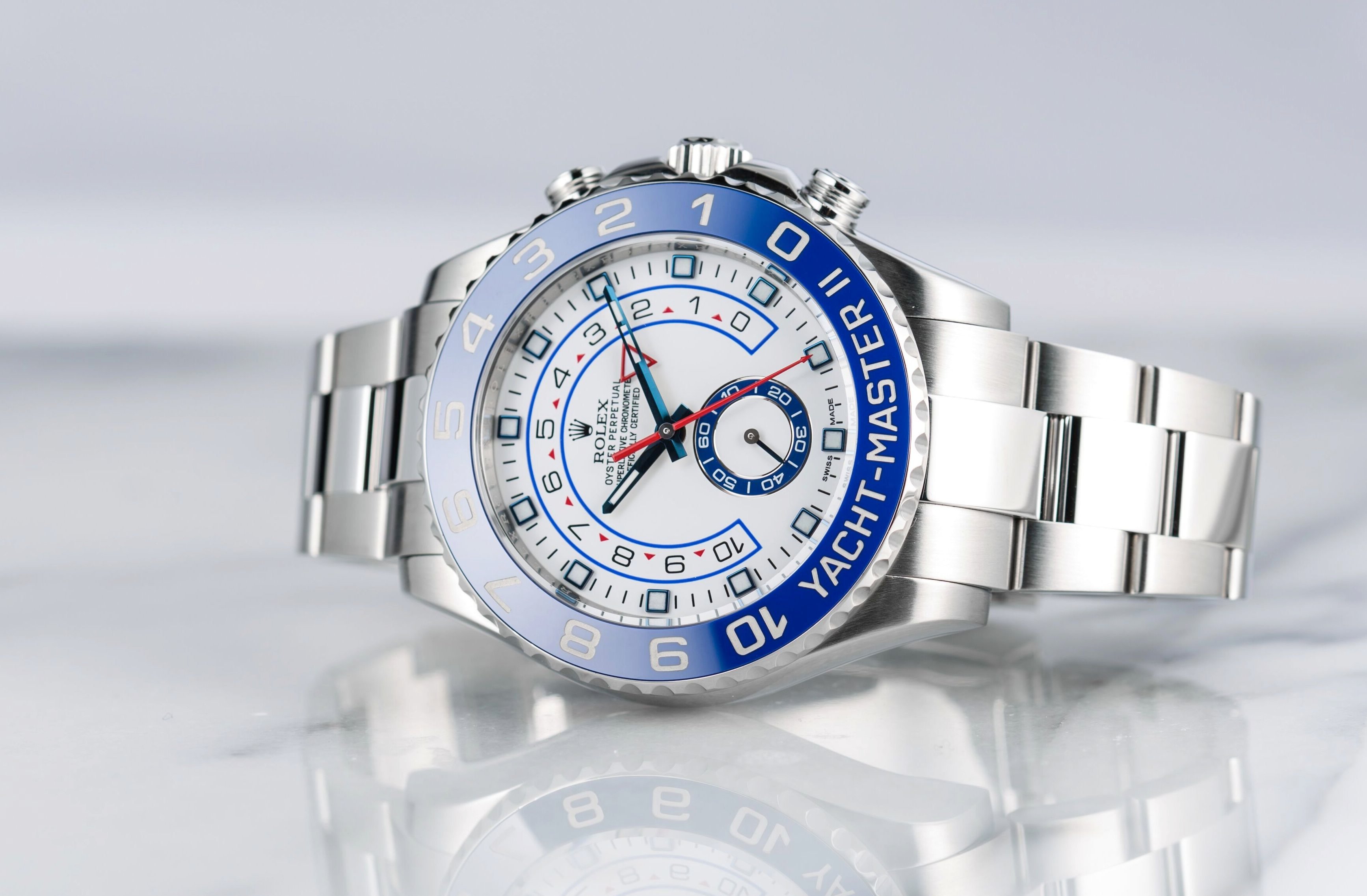
In the world of luxury timepieces, certain flyback chronographs stand out, each carrying a legacy that transcends time. Among these is the revered Omega Speedmaster, a symbol of human achievement in space exploration. This watch, known for its resilience and precision, has a storied history that includes accompanying NASA astronauts on the Apollo missions, earning it the title of the first watch on the Moon. Equally iconic is the Rolex Daytona, a name that resonates with the high-octane world of motorsports. Designed with racing drivers in mind, the Daytona has become an emblem of speed, endurance, and luxury. Another exceptional example is the Audemars Piguet Royal Oak Offshore Chronograph. This watch blends the classic elegance of the AP Royal Oak line with the technical prowess of a flyback chronograph, creating a piece that is both visually stunning and functionally superior. Each of these timepieces is more than a mere tool for timekeeping; they represent chapters in the story of human progress, be it in space, on the racetracks, or in the quest for horological excellence. Owning one of these eminent flyback chronographs is not just about adding to a collection; it’s about embracing a piece of history, a legacy of innovation and elegance that continues to inspire watch enthusiasts around the globe.
The Mechanics Behind the Beauty
Peering into the mechanics of a flyback chronograph is like opening a treasure chest of watchmaking brilliance. This marvel of horological engineering goes beyond the superficial beauty of its dial and case, revealing a symphony of intricate components working in harmonious precision. At its heart lies the flyback mechanism, a complex network of levers, springs, and gears, meticulously assembled to perform the flyback function. Unlike a standard chronograph, the flyback mechanism is designed to swiftly reset and restart the timing sequence with a single press of a button, a feature that demands exceptional precision in its construction. This is achieved through a sophisticated arrangement of the chronograph’s central wheel, clutch, and resetting mechanism. The central wheel, responsible for the timing function, is temporarily disengaged from the movement by a lever action when the flyback button is pressed. Simultaneously, another lever instantly resets the chronograph hands to zero. The beauty of this process lies in its seamless execution, where each component must align perfectly to ensure accuracy and reliability. The craftsmanship involved in creating such a mechanism is nothing short of artistry, reflecting years of skill and dedication. Every spring, gear, and lever is a testament to the watchmaker’s mastery over the delicate balance of force and motion. Furthermore, the aesthetic design of these components, often visible through a transparent case back, adds to the allure, offering a visual delight to the wearer. The flyback chronograph, therefore, is not just a timepiece but a celebration of mechanical art, where each tick and reset encapsulates the elegance and ingenuity of traditional watchmaking.
Flyback Chronographs in Modern Watchmaking
In the dynamic landscape of modern watchmaking, the flyback chronograph continues to be a beacon of innovation and elegance. Today’s horologists are not just preserving this legacy; they are propelling it into the future with creative interpretations and advanced technology. Contemporary flyback chronographs blend the classic allure of their predecessors with cutting-edge materials and design principles. For instance, we now see models featuring ultra-light titanium cases or incorporating carbon fiber for enhanced durability and a sleek, modern aesthetic. Advances in movement technology have also allowed for increased precision and reliability, making these timepieces not only beautiful but remarkably functional. Additionally, modern watchmakers are experimenting with design elements, offering a range of styles from the boldly avant-garde to the understatedly elegant, ensuring that there is a flyback chronograph for every taste. These innovations are not mere cosmetic updates; they represent a deeper commitment to the art of watchmaking, combining the romance of mechanical watches with the demands of contemporary life. As a result, the flyback chronograph remains a coveted piece for the modern collector, a symbol of sophistication that bridges the gap between the rich heritage of traditional horology and the exciting possibilities of the future.
Conclusion
As our exploration of the flyback chronograph draws to a close, we are left with a profound appreciation for this remarkable timepiece, a true marvel in the world of horology. From its early roots in aviation to its status as a symbol of luxury and craftsmanship, the flyback chronograph has not just endured but thrived, evolving with each tick of its hands. Its journey is a testament to the relentless pursuit of precision, functionality, and beauty in watchmaking. We’ve seen how its intricate mechanics and the artistry involved in its creation captivate collectors and enthusiasts alike, making it much more than a tool for measuring time, but a piece of wearable art. The stories of famous models like the Omega Speedmaster and the Rolex Daytona remind us of the historical and emotional significance these watches hold, echoing human achievements and adventures. As modern watchmaking continues to innovate, the flyback chronograph remains at the forefront, marrying tradition with technological advancements, and thus, continuing to enchant a new generation of watch lovers. In a world where time is ever so precious, the flyback chronograph stands as a reminder of our fascination with mastering it, a legacy of human ingenuity that is both timeless and perpetually evolving.

